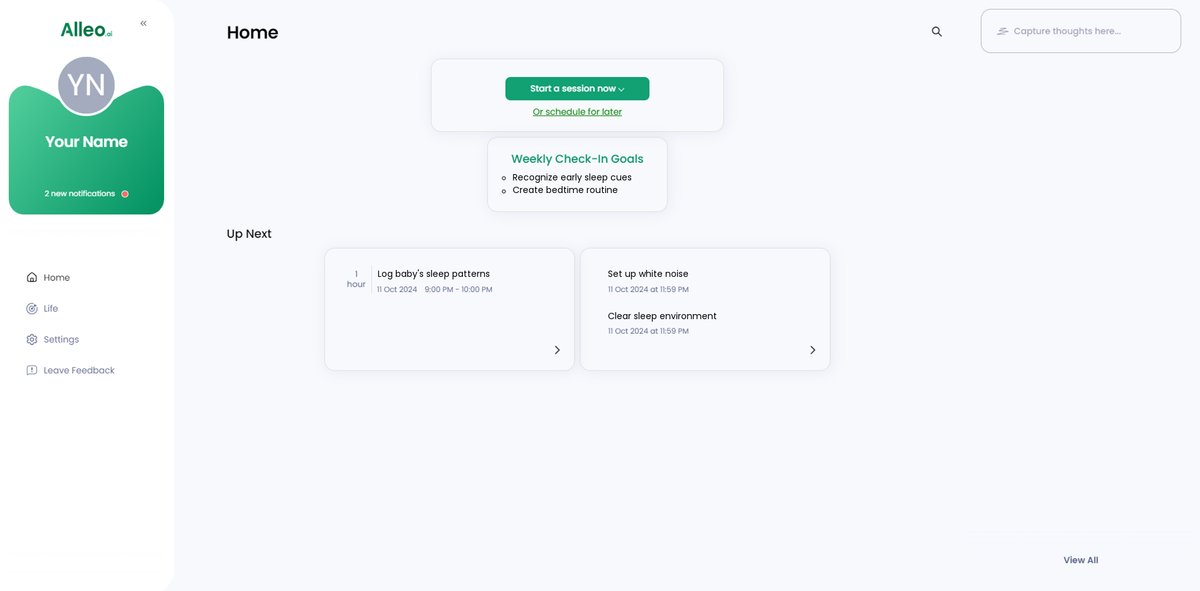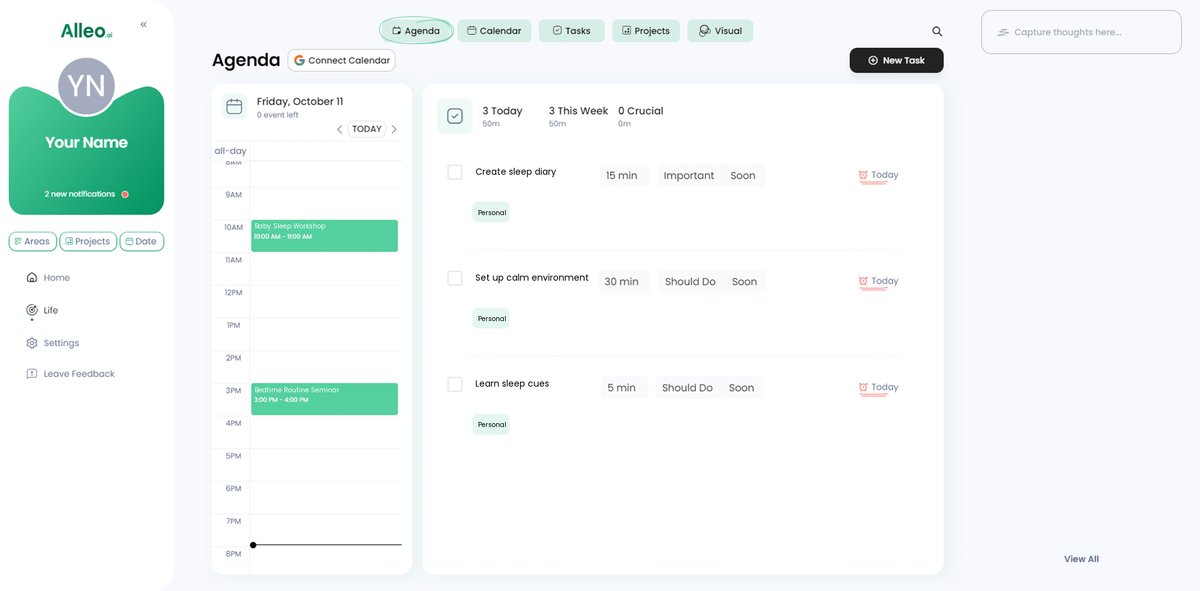Mastering Baby Sleep Cues: A Comprehensive Guide for Exhausted Parents
Are you exhausted and struggling to decode your baby’s sleep cues? Recognizing baby sleep cues can be challenging for new parents dealing with sleep deprivation.
As a life coach, I’ve guided many new parents through these tough early months. Understanding your baby’s sleep signals can transform your family’s nights. Learning to spot newborn tiredness signs is crucial for establishing healthy infant sleep patterns.
In this post, you’ll learn to recognize early sleep cues, establish bedtime routines for infants, and create a peaceful sleep environment. We’ll explore how to identify sleepy baby behavior and avoid dealing with overtired babies.
Let’s dive in and discover the key to recognizing baby sleep cues and improving your infant’s sleep.

Understanding the Challenges of Baby Sleep Cues
Many parents face intense frustration when their baby fights sleep. It’s a common struggle that can feel insurmountable, especially when it comes to recognizing baby sleep cues.
Identifying and interpreting baby sleep signals is often more challenging than expected, particularly for new parents dealing with infant sleep patterns.
Missed sleep cues can lead to overtiredness and increased crying. This cycle makes it even harder to soothe your baby and establish a consistent bedtime routine for infants.
As a result, both baby and parent suffer from lack of sleep, contributing to parent sleep deprivation.
In my experience, many new parents are overwhelmed by the endless guessing game of recognizing overtired babies. They often feel stuck and helpless when it comes to putting baby to sleep.
Understanding these cues can significantly improve sleep patterns and help in recognizing baby sleep cues effectively.
But, it’s not always easy. Recognizing and acting on these subtle signals of newborn tiredness signs takes time and patience, especially when dealing with sleepy baby behavior.

Roadmap to Recognizing Baby Sleep Cues
Overcoming this challenge of recognizing baby sleep cues requires a few key steps. Here are the main areas to focus on to make progress with identifying infant drowsiness indicators.
- Learn to recognize early sleep cues: Observe signs like yawning and rubbing eyes, which are common newborn tiredness signs.
- Establish a consistent pre-sleep routine: Create a soothing bedtime routine for infants and stick to it.
- Track baby’s wake windows by age: Use age-specific guidelines to monitor awake times and recognize overtired babies.
- Create a calm sleep environment: Ensure the sleep area is quiet and dimly lit to support baby sleep patterns.
- Practice responsive settling techniques: Comfort baby with rocking or patting when putting baby to sleep.
- Observe and log baby’s behavior patterns: Keep a daily sleep diary to track sleepy baby behavior and cues.
- Use white noise to promote relaxation: Introduce white noise during sleep times as part of infant sleep training.
Let’s dive in to mastering the art of recognizing baby sleep cues!
1: Learn to recognize early sleep cues
Recognizing baby sleep cues is essential for preventing overtiredness and ensuring better sleep for your baby.
Actionable Steps:
- Observe signs like yawning, rubbing eyes, and fussiness – common newborn tiredness signs.
- Keep a log of your baby’s behavior before sleep to identify baby sleep patterns.
- Educate yourself on subtle infant drowsiness indicators using resources like articles and videos.
Explanation: Understanding and acting on these early baby sleep signals can help you avoid recognizing overtired babies and make bedtime smoother.
By consistently logging and observing your baby’s behavior, you can identify patterns that signal it’s time for sleep.
This method is supported by experts who emphasize the importance of recognizing baby sleep cues to improve sleep quality. For more detailed guidance, check out this helpful article.
Common early sleep cues to watch for:
- Decreased activity and slower movements
- Loss of interest in toys or surroundings
- Glazed or unfocused look in the eyes
Recognizing these sleepy baby behavior cues early sets the foundation for better bedtime routines for infants and a happier baby, potentially reducing parent sleep deprivation.

2: Establish a consistent pre-sleep routine
Establishing a consistent pre-sleep routine helps signal to your baby that it’s time to wind down and prepare for sleep. This routine is crucial for recognizing baby sleep cues and establishing healthy infant sleep patterns.
Actionable Steps:
- Create a soothing bedtime routine: Include activities like a warm bath or gentle rocking to calm your baby and help you identify newborn tiredness signs.
- Maintain a consistent schedule: Stick to the same bedtime every night to help regulate your baby’s internal clock and recognize infant drowsiness indicators.
- Adjust based on responses: Gradually tweak the routine based on how your baby reacts to different activities, paying attention to sleepy baby behavior.
Explanation: A consistent pre-sleep routine can make bedtime more predictable and less stressful for both you and your baby, helping you in recognizing overtired babies.
By following a set sequence of calming activities, you create a sleep-friendly environment that helps your baby relax and aids in putting baby to sleep.
According to experts, consistency is key to establishing healthy sleep habits. For more detailed guidance on recognizing baby sleep cues and managing infant sleep training, check out this helpful article.
A consistent routine lays the groundwork for better sleep patterns and a happier baby, potentially reducing parent sleep deprivation.

3: Track baby’s wake windows by age
Tracking your baby’s wake windows by age is crucial for ensuring they get the right amount of sleep and recognizing baby sleep cues.
Actionable Steps:
- Monitor awake times: Use age-specific guidelines to determine optimal wake windows and adjust nap schedules accordingly, paying attention to infant drowsiness indicators.
- Record sleep patterns: Keep a daily log of your baby’s awake and sleep times to identify patterns and make necessary adjustments, helping you understand baby sleep signals.
- Adjust based on behavior: Observe your baby’s reactions and tweak the wake windows to find the best fit for their needs, recognizing sleepy baby behavior.
Explanation: Understanding wake windows helps prevent overtiredness, which can lead to difficulty falling asleep and increased fussiness. Recognizing baby sleep cues is essential for this process.
By tracking and adjusting these windows based on your baby’s age, you can create a more predictable sleep routine and improve infant sleep training. For more detailed guidelines, check out this informative article.
Using this approach can significantly improve your baby’s sleep quality, make bedtime more manageable, and help in recognizing overtired babies, ultimately reducing parent sleep deprivation.

4: Create a calm sleep environment
Creating a calm sleep environment is crucial for helping your baby settle down and sleep peacefully, making it easier to recognize baby sleep cues.
Actionable Steps:
- Ensure the sleep area is quiet and dimly lit: Use blackout curtains and a white noise machine to create a soothing atmosphere, aiding in recognizing overtired babies.
- Remove stimulating toys or distractions: Clear the sleep space of any toys or objects that might keep your baby alert or distracted, helping you identify infant drowsiness indicators.
- Implement a consistent sleep setting: Use the same sleep space and routine every night to signal it’s bedtime, supporting your infant sleep training efforts.
Explanation: Establishing a calm sleep environment helps your baby associate the space with rest and relaxation, making it easier for them to fall asleep and for you to recognize baby sleep signals.
By creating a quiet, dimly lit space free of distractions, you can significantly improve sleep quality and observe sleepy baby behavior. For more insights on creating the ideal sleep environment, check out this helpful article.
Key elements of a calm sleep environment to support baby sleep patterns:
- Comfortable room temperature (68-72°F)
- Soft, breathable bedding
- Minimal nighttime light exposure
Remember, a calm environment sets the stage for better sleep, a happier baby, and helps in recognizing newborn tiredness signs, potentially reducing parent sleep deprivation.

5: Practice responsive settling techniques
Responsive settling techniques are essential for recognizing baby sleep cues and helping your baby relax and fall asleep more easily.
Actionable Steps:
- Comfort baby with gentle rocking: Soothe your baby by rocking them gently when they show early sleep cues and newborn tiredness signs.
- Use calming sounds or soft music: Introduce calming sounds or soft music to help your baby relax and drift off to sleep, supporting healthy baby sleep patterns.
- Avoid overstimulation: Minimize stimulation by keeping the environment calm and allowing your baby to self-soothe when possible, which is crucial for recognizing overtired babies.
Explanation: Implementing responsive settling techniques helps your baby transition to sleep more smoothly, reducing overtiredness and fussiness. This is a key part of infant sleep training and putting baby to sleep effectively.
These methods are supported by experts and have proven effective for many parents dealing with sleepy baby behavior. For more detailed guidance, check out this informative article.
These techniques can make bedtime a more peaceful experience for both you and your baby, helping to alleviate parent sleep deprivation.

6: Observe and log baby’s behavior patterns
Observing and logging your baby’s behavior patterns is crucial for recognizing baby sleep cues and understanding their sleep needs to improve sleep quality.
Actionable Steps:
- Maintain a daily sleep diary: Record your baby’s sleep and wake times, noting any baby sleep signals and reactions.
- Identify correlations: Look for patterns between activities and successful naps or bedtime routines for infants.
- Adjust routines based on observations: Use the information from your logs to tweak infant sleep training and routines.
Explanation: Keeping a detailed log helps you identify trends in sleepy baby behavior and make informed adjustments to your baby’s sleep routine.
This approach is supported by experts who emphasize the importance of tracking behavior to improve sleep habits and recognize newborn tiredness signs. For more insights on infant drowsiness indicators, check out this helpful article.
Consistent logging and observation can lead to better understanding of baby sleep patterns and a more rested baby, potentially reducing parent sleep deprivation.

7: Use white noise to promote relaxation
Using white noise can help create a soothing environment that promotes relaxation and sleep for your baby, aiding in recognizing baby sleep cues.
Actionable Steps:
- Introduce a white noise machine: Use a white noise machine or app during sleep times to provide consistent, calming background noise, which can help in recognizing overtired babies.
- Experiment with different sounds: Test various white noise sounds to find what works best for your baby, such as nature sounds or gentle static, as part of your bedtime routine for infants.
- Ensure safe volume levels: Keep the white noise at a safe volume level to protect your baby’s hearing while observing infant drowsiness indicators.
Benefits of using white noise for baby sleep:
- Masks disruptive household sounds, aiding in recognizing baby sleep signals
- Creates a consistent sleep environment, supporting healthy baby sleep patterns
- Helps baby associate the sound with sleep time, assisting in infant sleep training
Explanation: White noise can mask household noises and help your baby stay asleep longer, which is crucial when recognizing baby sleep cues.
Consistent use of white noise helps signal bedtime, making it easier for your baby to relax and fall asleep, reducing parent sleep deprivation.
According to experts, creating a calm sleep environment is crucial for improving sleep quality and recognizing newborn tiredness signs. For more insights, check out this helpful article.
Using white noise can transform your baby’s sleep routine and contribute to more restful nights by helping you recognize sleepy baby behavior.

Transform Your Baby’s Sleep with Alleo
We’ve explored the challenges of recognizing baby sleep cues and the steps to improve sleep patterns. Did you know you can work with Alleo to make this journey easier and faster, especially when it comes to identifying infant drowsiness indicators?
Set up an account and create a personalized plan tailored to your baby’s sleep needs, including strategies for recognizing overtired babies. Alleo’s AI coach provides affordable, tailored coaching support for improving baby sleep patterns, just like any human coach.
Enjoy full coaching sessions on topics like developing a bedtime routine for infants and a free 14-day trial, no credit card required.
The coach will follow up on your progress in recognizing baby sleep cues, handle changes in sleepy baby behavior, and keep you accountable via text and push notifications, helping to alleviate parent sleep deprivation.
Ready to get started for free and learn more about identifying newborn tiredness signs? Let me show you how!
Step 1: Log In or Create Your Account
To begin your journey towards better sleep for your baby, log in to your existing Alleo account or create a new one to access personalized sleep coaching tailored to your family’s needs.

Step 2: Choose “Building better habits and routines”
Click on “Building better habits and routines” to focus on establishing consistent sleep cues and bedtime rituals for your baby, which will help create a more predictable and restful sleep environment for both you and your little one.

Step 3: Select “Personal” as Your Focus Area
Choose “Personal” as your life area focus to address sleep-related challenges with your baby. This selection allows Alleo’s AI coach to provide targeted advice on establishing routines, recognizing sleep cues, and creating a calm sleep environment, ultimately leading to better rest for both you and your little one.

Step 4: Starting a Coaching Session
Begin your journey with Alleo by scheduling an intake session, where you’ll discuss your baby’s sleep challenges and create a personalized plan to improve your family’s sleep routine.

Step 5: Viewing and managing goals after the session
After your coaching session, check the app’s home page to review and manage the sleep-related goals you discussed with Alleo’s AI coach, keeping you on track with your baby’s sleep improvement plan.

Step 6: Adding events to your calendar or app
Use the calendar and task features in the Alleo app to track your progress in recognizing baby sleep cues and implementing your new sleep routine, ensuring you stay on top of your baby’s changing sleep patterns and your own efforts to improve sleep quality.

Putting It All Together for Better Sleep
You’ve got this.
Recognizing baby sleep cues is the first step towards better sleep for your family. Establishing routines, tracking wake windows, and creating a calm environment can make a world of difference in recognizing infant drowsiness indicators and managing baby sleep patterns.
Remember, patience and consistency are your allies. Every small step you take brings you closer to restful nights and helps in recognizing overtired babies.
Don’t forget, Alleo is here to support you. Our personalized plans and AI coach can help you navigate this journey more easily, from identifying sleepy baby behavior to developing an effective bedtime routine for infants.
Try it for free today. Transform your baby’s sleep and reclaim your nights. You deserve it, especially when dealing with parent sleep deprivation.